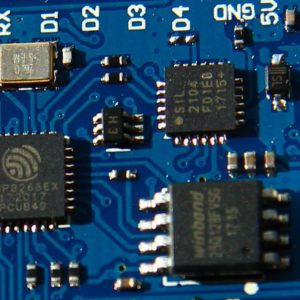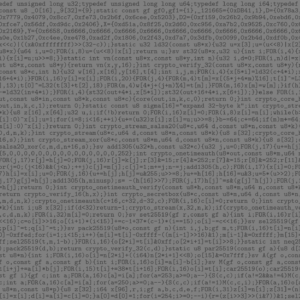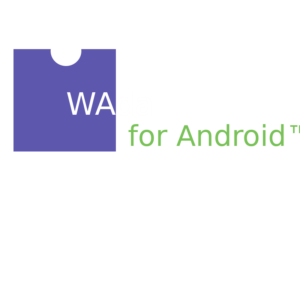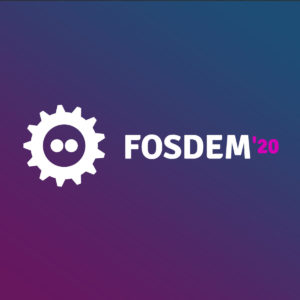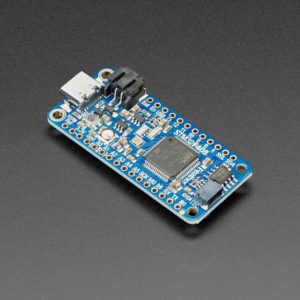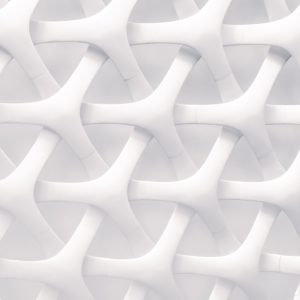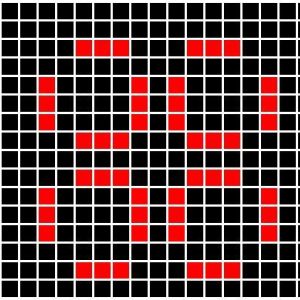
From Ada to Platinum SPARK: A Case Study for Reusable Bounded Stacks
This blog entry describes the transformation of an Ada stack ADT into a completely proven SPARK implementation that relies on static verification instead of run-time enforcement of the abstraction’s semantics. We will prove that there are no reads of unassigned variables, no array indexing errors, no range errors, no numeric overflow errors, no attempts to push onto a full stack, no attempts to pop from an empty stack, that subprogram bodies implement their functional requirements, and so on. As a result, we get a maximally robust implementation of a reusable stack abstraction providing all the facilities required for production use.

